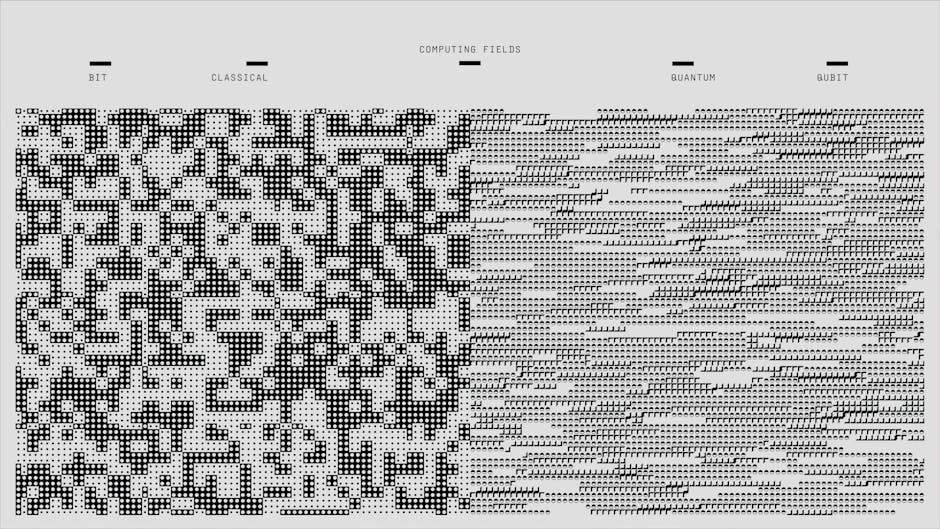A library threshold is an important concept in the world of books and reading. It refers to the minimum number of books that are required for a collection to be considered a library. While the exact number varies depending on different factors such as the size of the community, the level of funding, and the specific goals of the institution, one thing is clear: a collection must meet a certain standard to be classified as a library.
Importance of the Library Threshold
The minimum number of books to be considered a library is crucial for several reasons. First and foremost, it ensures that the institution has a sufficient quantity of resources to serve its users effectively. A small collection may not be able to cater to the diverse needs and interests of the community. By setting a minimum threshold, libraries can guarantee that they have a comprehensive and varied selection of materials for their patrons.
Additionally, the library threshold is also important for establishing credibility and recognition within the academic and library community. Institutions that meet or exceed the minimum number of books required for a library are more likely to be seen as legitimate and reputable. This can attract more users and funding, allowing the library to grow and expand its collection even further.
Factors Affecting the Library Threshold
As mentioned earlier, the minimum number of books to be considered a library can vary based on several factors. One of the most significant factors is the size of the community that the library serves. Larger communities with a higher population will typically require a larger collection to meet the needs of their residents. On the other hand, smaller communities may be able to function effectively with a smaller collection.
Funding is another crucial factor that influences the library threshold. Libraries with more financial support can afford to purchase more books and resources, allowing them to surpass the minimum requirements easily. Conversely, libraries that are underfunded may struggle to meet the minimum threshold, limiting their ability to provide adequate services to their users.
Challenges and Solutions
One of the main challenges facing libraries when it comes to meeting the minimum number of books required is budget constraints. In an era of decreasing funding for libraries, many institutions find it difficult to afford the necessary resources to build a substantial collection. This can be particularly challenging for libraries in underserved communities that already have limited access to books and other materials.
One possible solution to this problem is collaboration. Libraries can work together to share resources and collections, allowing them to collectively meet the minimum threshold for a library. This not only reduces costs but also enables libraries to provide a wider range of materials to their users. Additionally, libraries can also explore alternative funding sources such as grants, donations, and partnerships with local businesses and organizations.
In conclusion, the minimum number of books to be considered a library is a critical benchmark that all institutions must strive to meet. By ensuring that they have a sufficient quantity and variety of resources, libraries can effectively serve their users and establish themselves as important community institutions. While there are challenges to meeting this threshold, with creativity, collaboration, and determination, libraries can overcome these obstacles and continue to thrive in the digital age.


 Tyler Mapleronsic, a contributing author at wbsoftwarement specializes in full-stack development and cloud technologies. His articles blend technical expertise with real-world applications, guiding readers through complex coding challenges and innovative software practices. Tyler’s goal is to make technology more accessible and impactful for every developer.
Tyler Mapleronsic, a contributing author at wbsoftwarement specializes in full-stack development and cloud technologies. His articles blend technical expertise with real-world applications, guiding readers through complex coding challenges and innovative software practices. Tyler’s goal is to make technology more accessible and impactful for every developer.

